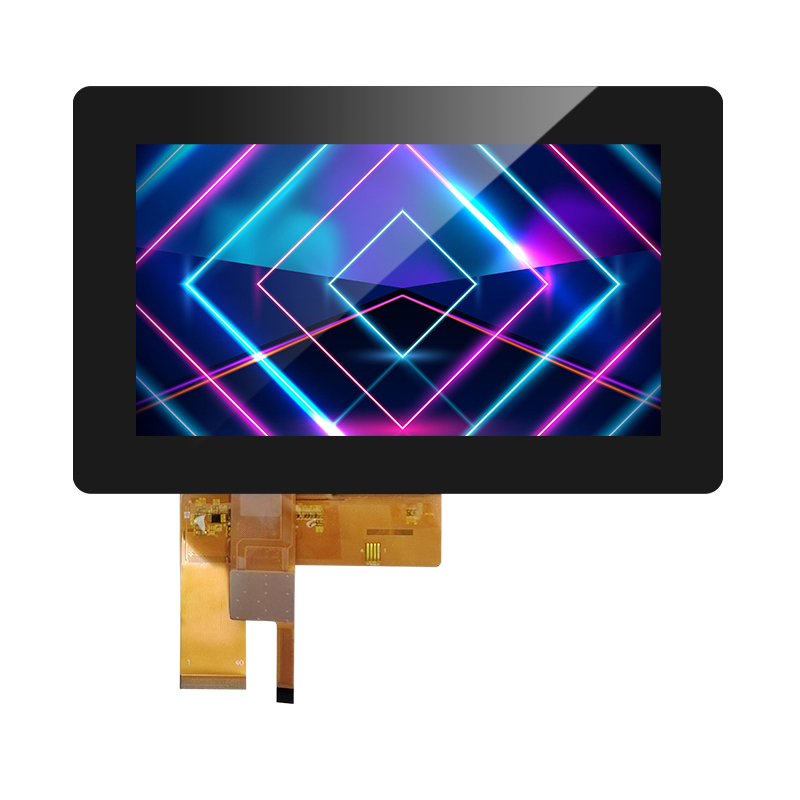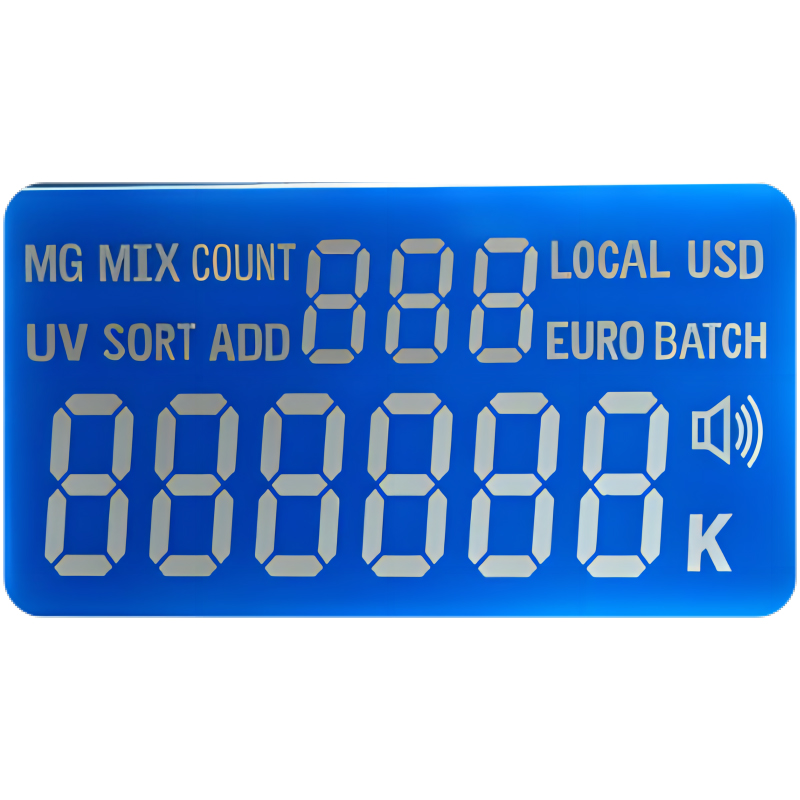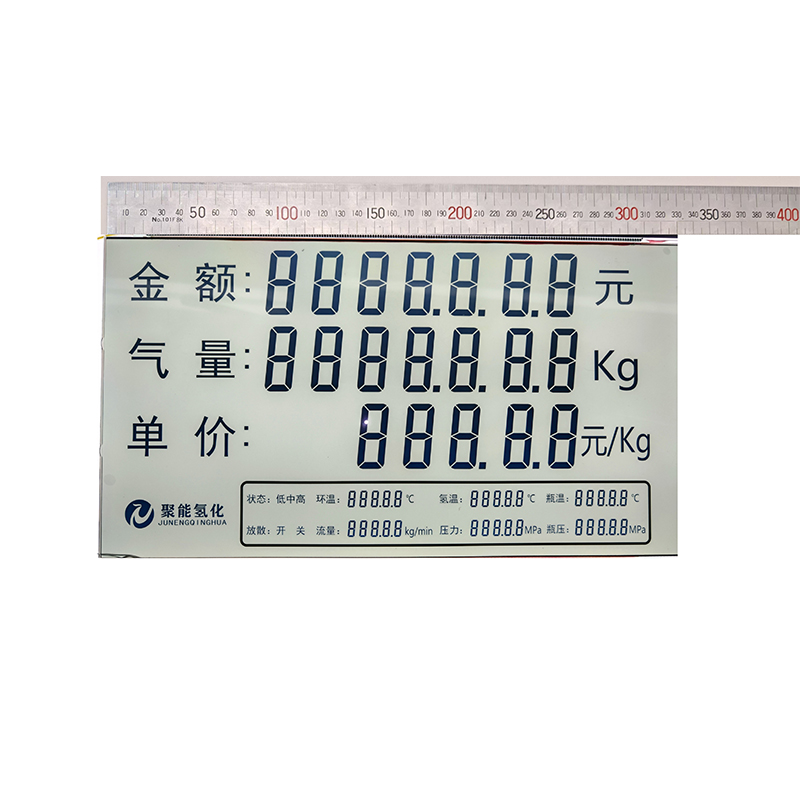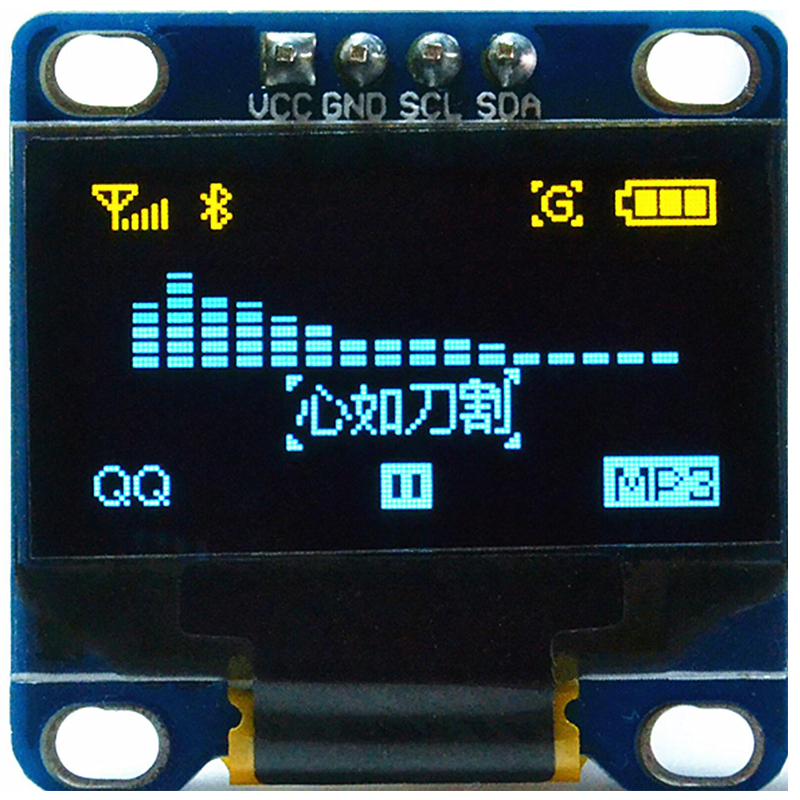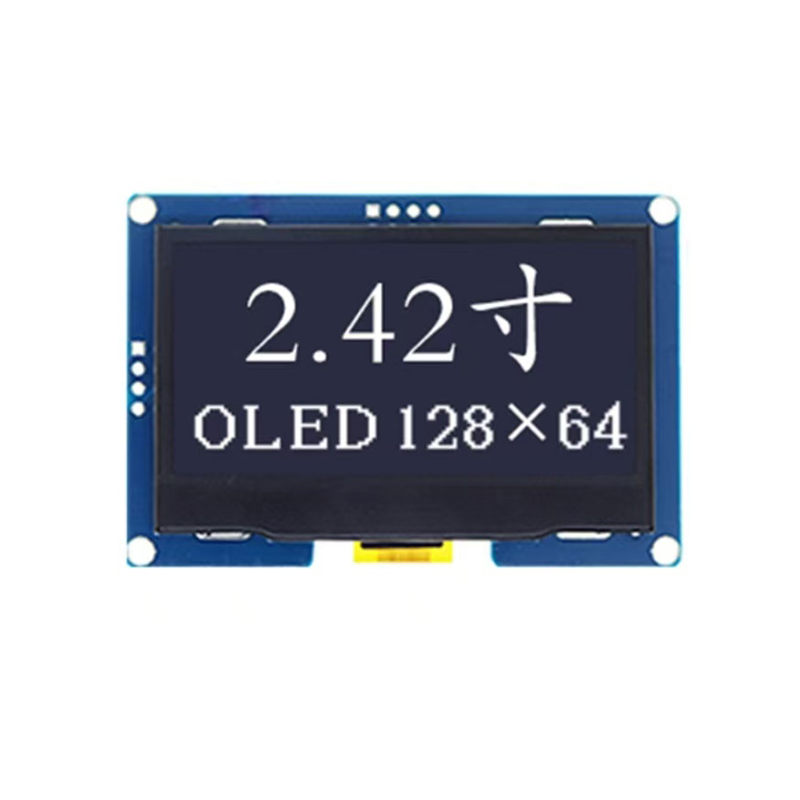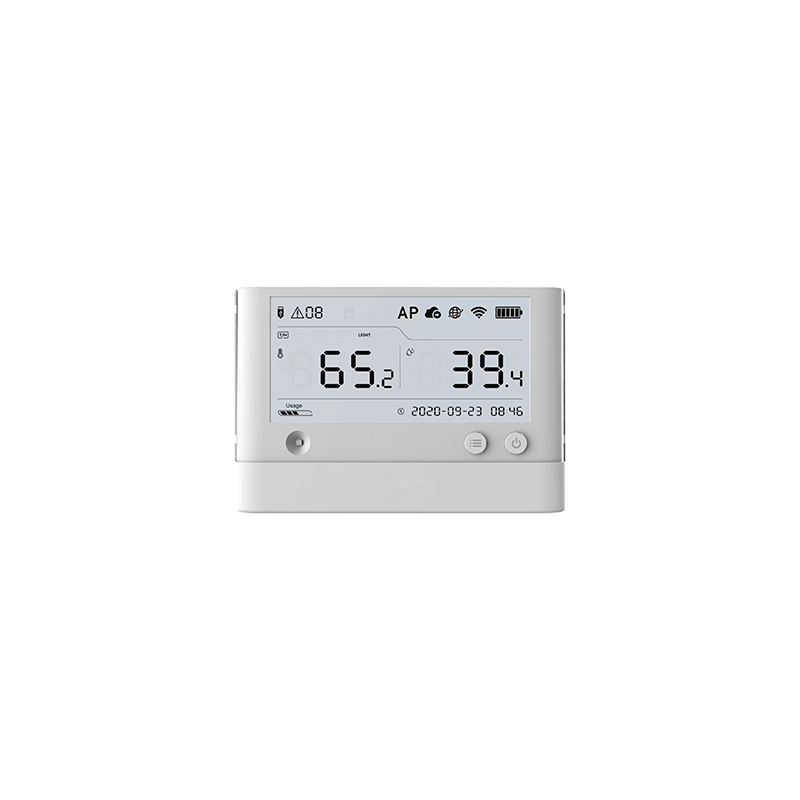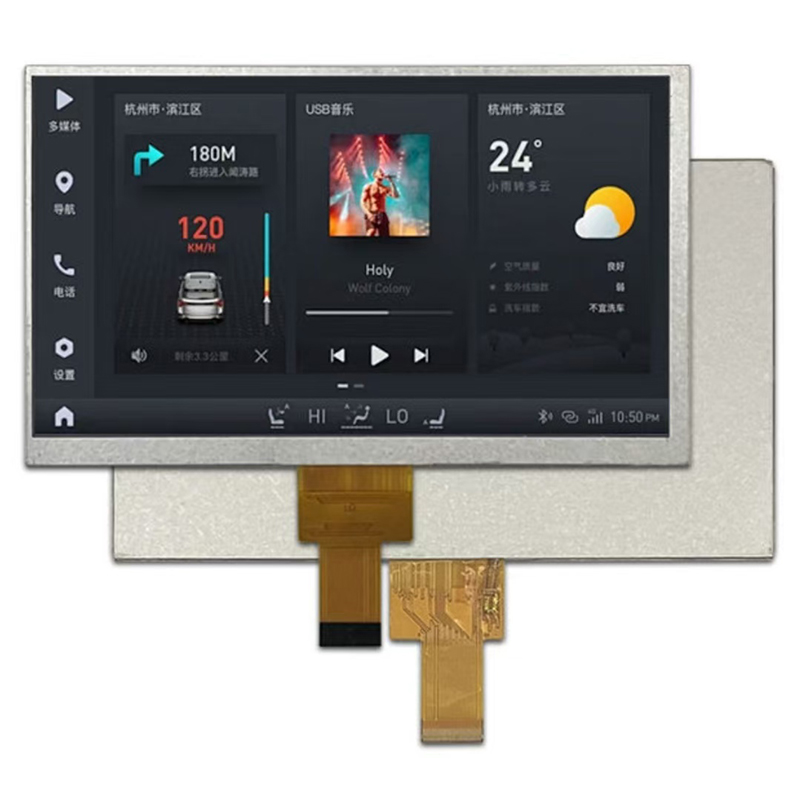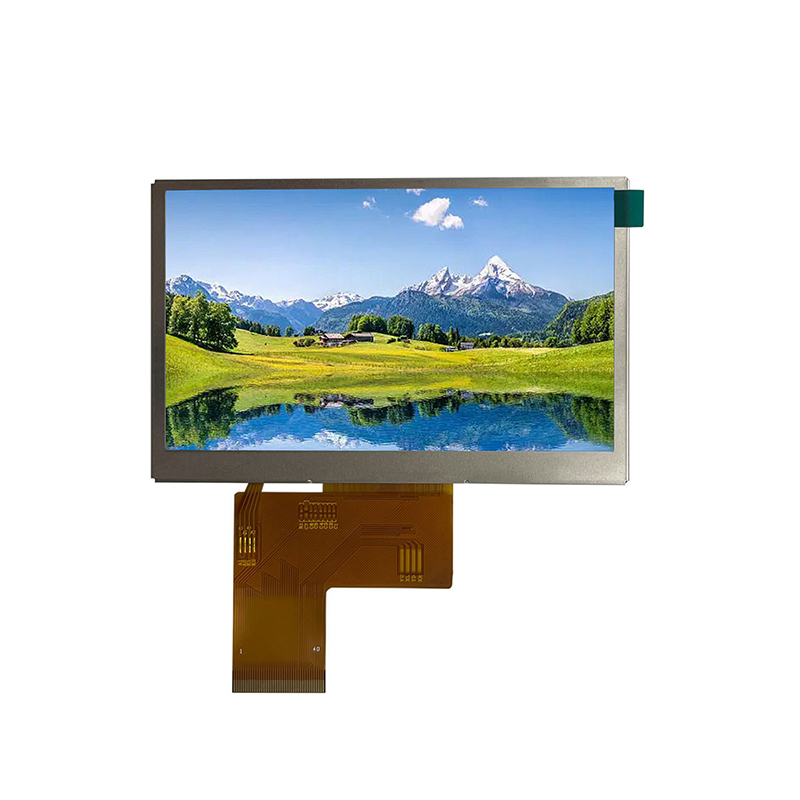
This comprehensive guide explores the world of curved TFT displays, detailing their advantages, disadvantages, applications, and considerations for selection. We'll cover key specifications, technology comparisons, and help you determine the ideal curved TFT display for your specific needs. From understanding the technology behind these displays to navigating the diverse market offerings, this guide provides the essential information you need to make an informed decision.
A curved TFT display utilizes Thin-Film Transistor (TFT) technology to create a liquid crystal display (LCD) with a curved screen. Unlike traditional flat-panel displays, the curved design offers a more immersive viewing experience, reducing distortions and enhancing visual comfort, especially for larger screen sizes. The curvature is usually expressed as a radius, with smaller radii indicating a more pronounced curve.
The curved design of a curved TFT display wraps around the viewer's field of vision, creating a more immersive and engaging viewing experience. This is particularly beneficial for applications such as gaming, virtual reality (VR), and home theater setups. The reduction in peripheral distortion leads to a more realistic and less tiring viewing experience.
The curvature of the screen helps to reduce eye strain compared to flat screens, especially during extended viewing sessions. This is because the curved shape minimizes the angle at which light hits the retina, reducing eye fatigue and discomfort.
The curved surface can subtly reduce ambient light reflections, contributing to better image clarity and contrast, particularly in brightly lit environments.
Generally, curved TFT displays are more expensive than their flat counterparts due to the more complex manufacturing process required to create the curved glass substrate.
While the curvature enhances the central viewing experience, it can slightly affect the viewing angles from the far edges of the screen. The degree of impact depends on the curvature radius.
Not all content is ideally suited for curved displays, and some users may find the curvature distracting or uncomfortable, especially with certain types of content.
Consider the size and resolution needed for your specific application. Larger screen sizes with higher resolutions provide a more detailed and immersive experience. A variety of sizes and resolutions are available from manufacturers like Dalian Eastern Display Co., Ltd. (ED-LCD).
The curvature radius is expressed in millimeters or inches. A smaller radius means a more pronounced curve. The optimal radius will vary depending on personal preferences and the intended application.
Different panel types offer varying advantages and disadvantages regarding color accuracy, contrast ratio, response time, and viewing angles. Research the specific panel type offered in your chosen curved TFT display to understand the tradeoffs involved.
These specifications are crucial for applications like gaming and video editing where fast response times and high refresh rates are necessary to minimize motion blur and ensure smooth visuals. For example, a high refresh rate of 144Hz can deliver superior performance compared to a 60Hz display.
Curved TFT displays find application in a variety of areas, including:
| Feature | Flat TFT Display | Curved TFT Display |
|---|---|---|
| Immersion | Moderate | High |
| Cost | Lower | Higher |
| Eye Strain | Potentially Higher | Potentially Lower |
| Viewing Angles | Generally Wide | Can be Slightly Limited at Edges |
Remember to carefully consider your needs and budget when selecting a curved TFT display. Explore the options from various manufacturers to find the perfect fit for your application. For high-quality curved TFT displays, consider researching the offerings from reputable manufacturers.
This information is for general guidance only. Always refer to the manufacturer's specifications for detailed information on any specific product.

